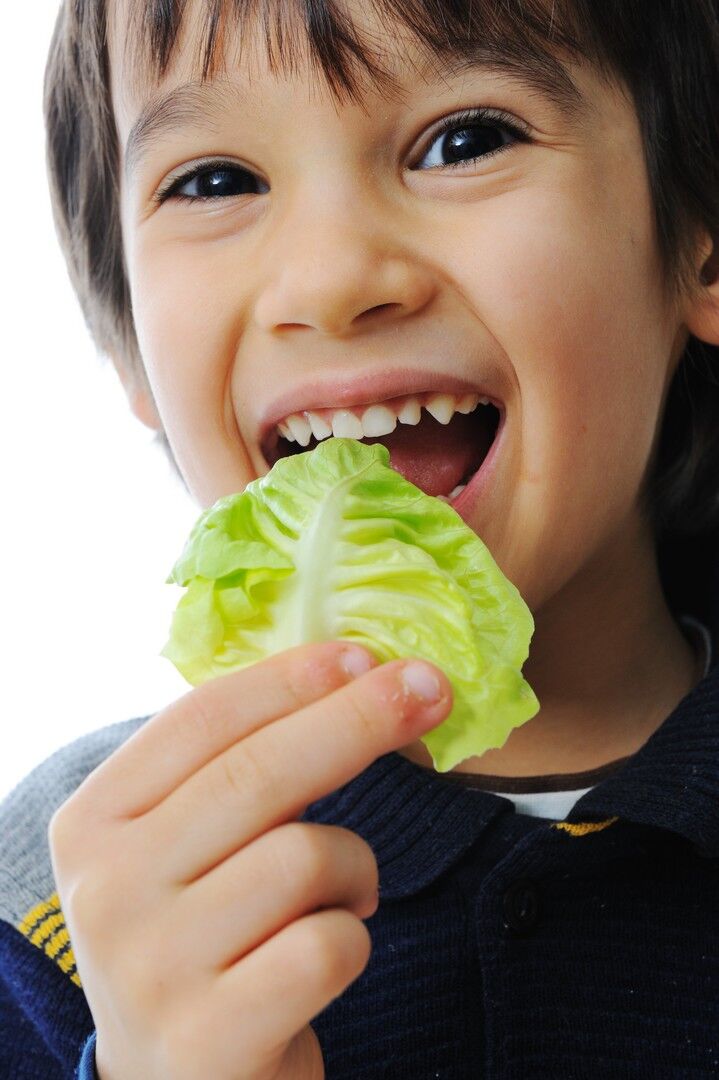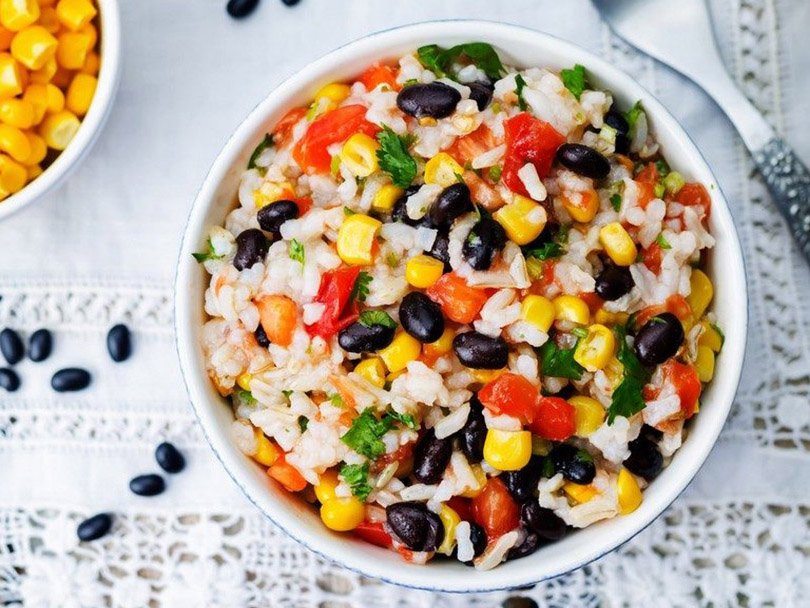diet
What are healthy eating early years activities tips?
The formation of the alimentary habit begins from the first years of life. After weaning begins the introduction of new foods in the eating early years activities. It is at this time that parents must have discipline and posture to present their child with the world of food. Since then, it is necessary to introduce and present to the child a greater diversity of foods and preparations, prioritizing those of good nutritional quality such as fruits, vegetables, natural juices, skinless chicken, lean meats, fish, rice, crackers and products Integrals.
Activities to teach healthy eating habits
It is worth mentioning that the first contact with some foods may not be a good experience. It is common for different foods and new preparations to be rejected by the child at first, but this does not mean that these items should be withdrawn from your diet. The adaptation of food by little demand patience and time. The food, once rejected, must be offered again, over a period and in different preparations, for up to 10 more times to the child. Usually, these foods become increasingly accepted by them. Otherwise, they should be withdrawn from food for an indefinite period.
In the first years of life, it is recommended to avoid the supply of sweets and sugar. It is at this stage that the child develops his taste for such foods and once, well accepted these become priority for children. The later the presentation of the sugar source products, the greater the chance the child will not develop a palatability for these and then adhere to a healthier diet.
A balanced and adequate healthy eating activities provides the child with support for good growth and development. Conscious attitudes of parents reduce the child’s chance of developing eating disorders with nutritional risks, such as malnutrition, short stature for age and obesity.
Infant obesity today is increasingly present in the lives of Americans and their rates have been increasing considerably as the years go by. An obese child is more likely to develop chronic non-communicable diseases (hypertension, dyslipidemia, type 2 diabetes mellitus, and morbid obesity) in adult life than a child who has grown up in the normal range.
It’s never too early to talk about health. Those are attitudes and habits acquired in childhood, the major responsibility for the formation of healthy adults. Nutrition monitoring is recommended for any age, and the earlier it starts, the greater the chances of developing healthy adults seeking quality of life. Do not you agree that it is easier to EDUCATE than REEDUCATE?

From an early age, a healthy eating activities for kids should encourage your kids to do to 5 to 6 meals a day (breakfast, snack, lunch, afternoon snack, dinner, and supper if necessary); Drink plenty of water throughout the day, around 1 liter and a half; Avoid consumption of foods like chips, sweets, soft drinks and other goodies; Consume milk and its derivatives 3 times a day; As well as should be encouraged to consume at least 4 times a day fruits and vegetables (Attention! Vegetables and vegetables should be well washed and sanitized.); Do not replace water and natural juices with soft drinks, even if 0% sugar; Have regular feeding times; Try to eat foods from all groups: carbohydrates (bread, rice, potato, plain cake, salty cracker, which can vary between common and whole grains), proteins (meat, milk, egg) and good quality lipids (margarine, oil Vegetables, olive oil, nuts) and give preference to baked and grilled foods instead of fried foods.
And now? How to put everything into practice? What should we do to encourage the child to eat better? Here are some healthy eating early years activities tips:
Colorful menus: The colors of the food help make up the presentation of the dishes and are perfect for attracting the attention and appetite of the child. Remember: first we eat with our eyes and this is no different in children.
Assembly of the dish: The preparations must always be diversified, as well as their accompaniments. It is interesting to mount the dish in different ways, with the food in positions contrary to the previous days, especially when it comes to rice and beans. Varies the types of these foods, such as beans, black beans, white beans such as salad, white rice, rice with saffron, and rice with broccoli. Use your creativity! Make drawings and pictures.
Preferred foods: Whenever possible, include in your child’s meals the most preferred foods so that he or she will more readily accept other foods. Attention! The presence of preferred foods does not prevent the dish from containing new preparations and previously discarded foods, quite the contrary.
Importance of feeding: As far as possible explanations to the child the role of food, the importance of each food group, why the diet should be so varied and not only contain cookies or chocolates. Introduce issues of proper nutrition at meal time.
How to prepare food: The family does not need to have different menus or separate preparations. The child should also consume foods usually used by adults. In this case, it is recommended to adapt the preparation according to the age range of your child. A new elaboration in the preparation of foods makes the children more easily accept what is offered to them. Cook or shred meats instead of baking or grilling, prefer boiled vegetables and soft fruits for dessert.
Family Meal: By completing the previous question, it is interesting that parents consume the same foods as their children. Put on your plate and the child’s menu all the options offered on the day, even if it contains some food that the child rejects. One of the ways, if not the most important, of child learning is mirroring in their parents. The child copies and observes everything the parents are doing. It’s no use making your child eat something you do not even eat.
Insist on the news: Not always the child agrees to eat a preparation that is offered to him for the first time. Some need to taste the same food 8 to 10 times before accepting it and include it in their eating habits.
Culinary Participation: Involve the child in the choices and preparation of food. Example: Take it to the bowl to help with the choices of fruits, vegetables, and vegetables, allowing it to take one of your preference or even a novelty. Teach the child how to make a fruit salad, watch a cake preparation and tinker with food.
Autonomy: Let the child control how much to eat. Do not force! Respect the child’s sense of satiety. Already the number of meals a day can be imposed by the family. Let the child eat alone, offering help from time to time. Prepare the food in a way that makes feeding easy for it.
Respect: Do not force the child or punish him if he refuses to feed himself. It is better to let her not eat than to make the occasion a time of disagreement and dissatisfaction with her son and her parents. Respect the child’s decision, and later she will seek to find you to feed herself. At this time always offer healthy meals.
Those are small attitudes and choices of parents that make a difference in forming a good eating habit for their children. Learning from an early age the concept of health and nutrition, the child grows with greater awareness and, once he has carried out his kids’ food education, he later prevents a process of food re-education, mainly related to a pathology.











